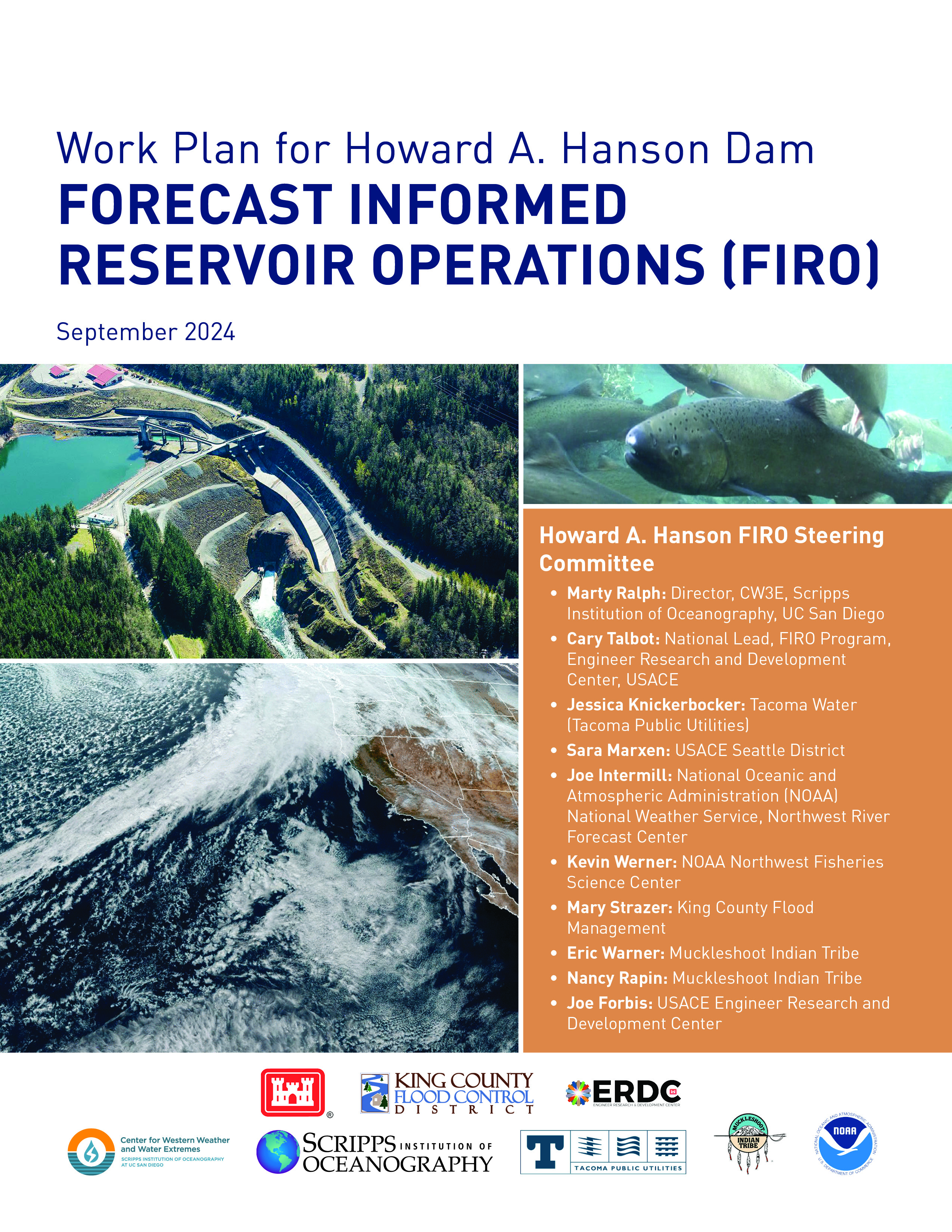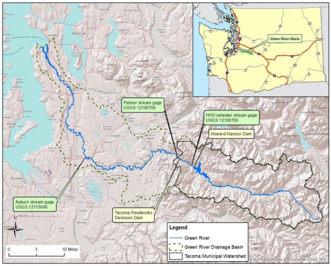Forecast Informed Reservoir Operations
FIRO is a reservoir-operations strategy that better informs decisions to retain or release water by integrating additional flexibility in operation policies and rules with enhanced monitoring and improved weather and water forecasts (American Meteorological Society; 2020).
FIRO is being developed and tested as a collaborative effort in the Russian River Basin (Lake Mendocino, Lake Sonoma), the Santa Ana River Basin (Prado Dam, Seven Oaks Dam), the Yuba-Feather River Basins and the Green River (Howard Hanson Dam) that engages experts and stakeholders in civil engineering, hydrology, meteorology, biology, economics and climate from several federal, state and local, universities and others. There is significant interest and support for developing FIRO at other appropriate locations in the Western U.S. and elsewhere.
 |
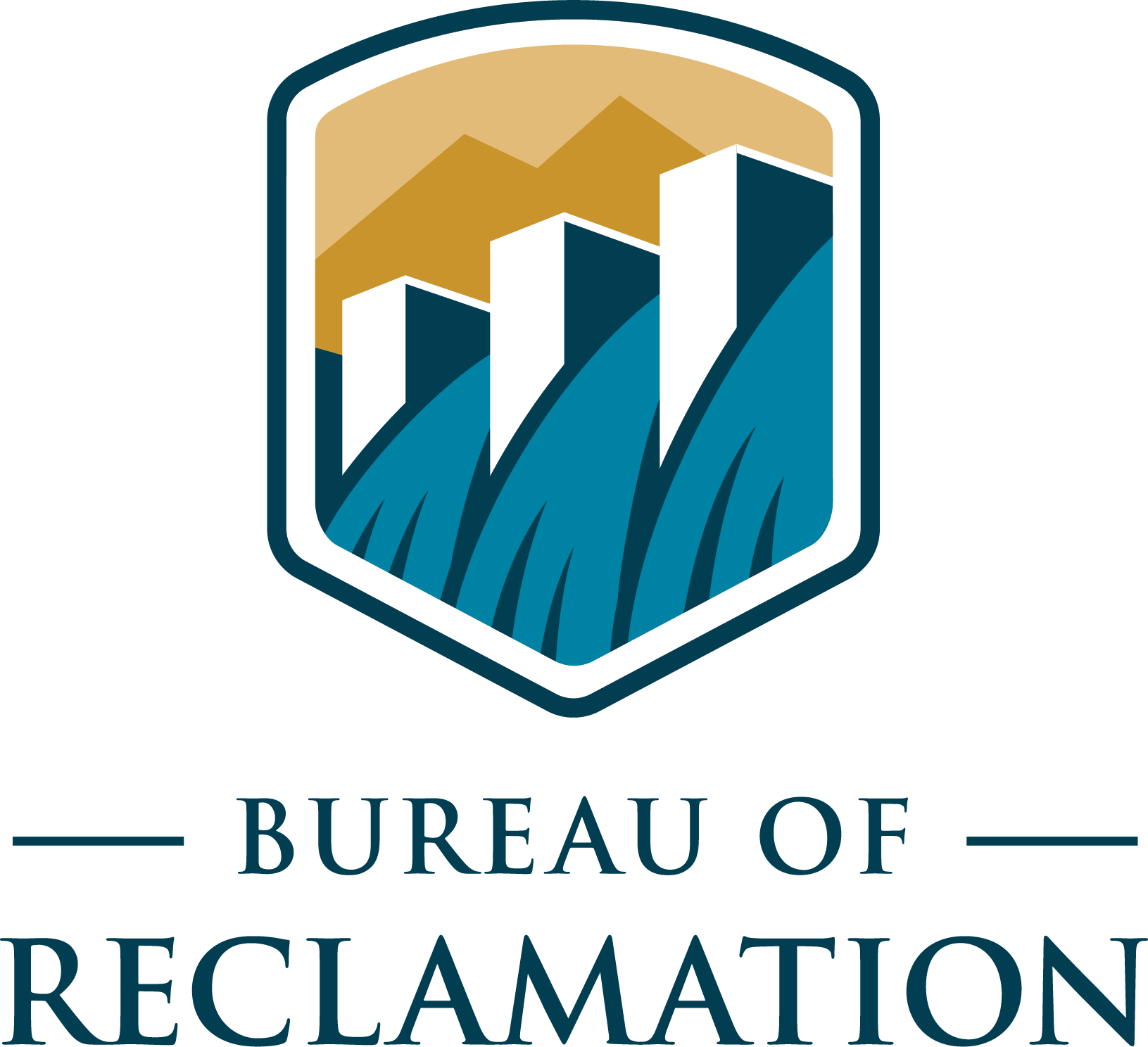 |
 |
 |
 |
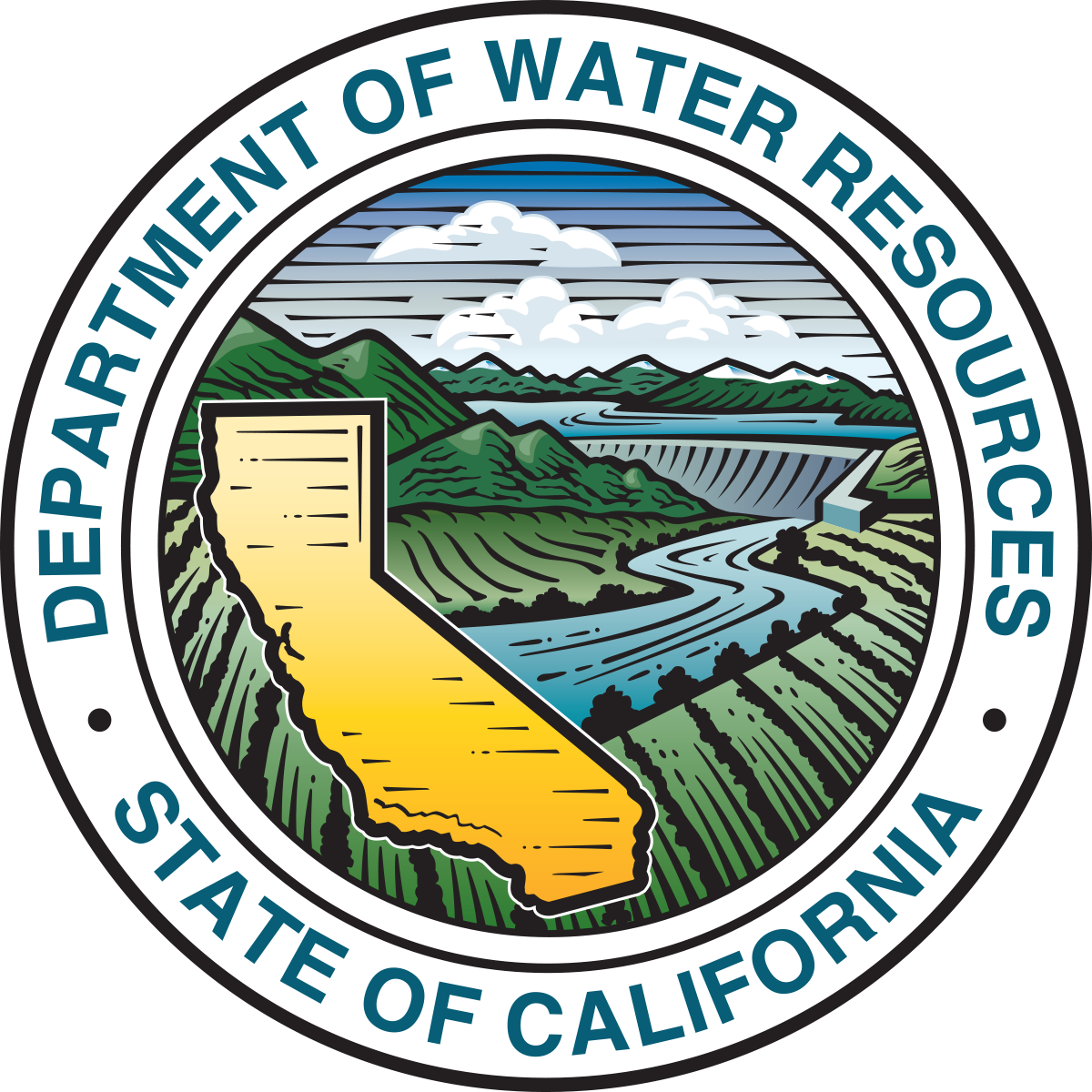 |
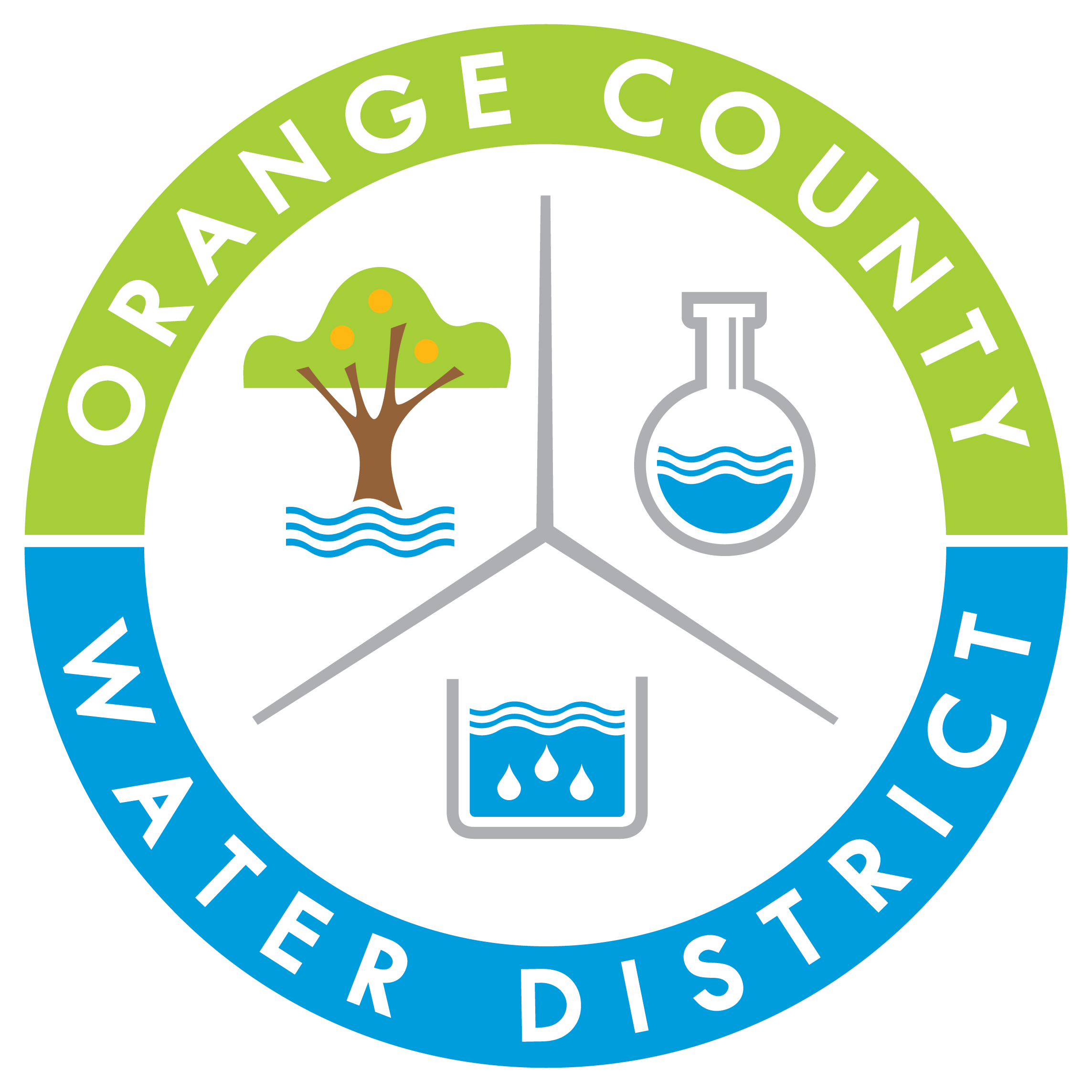 |
 |
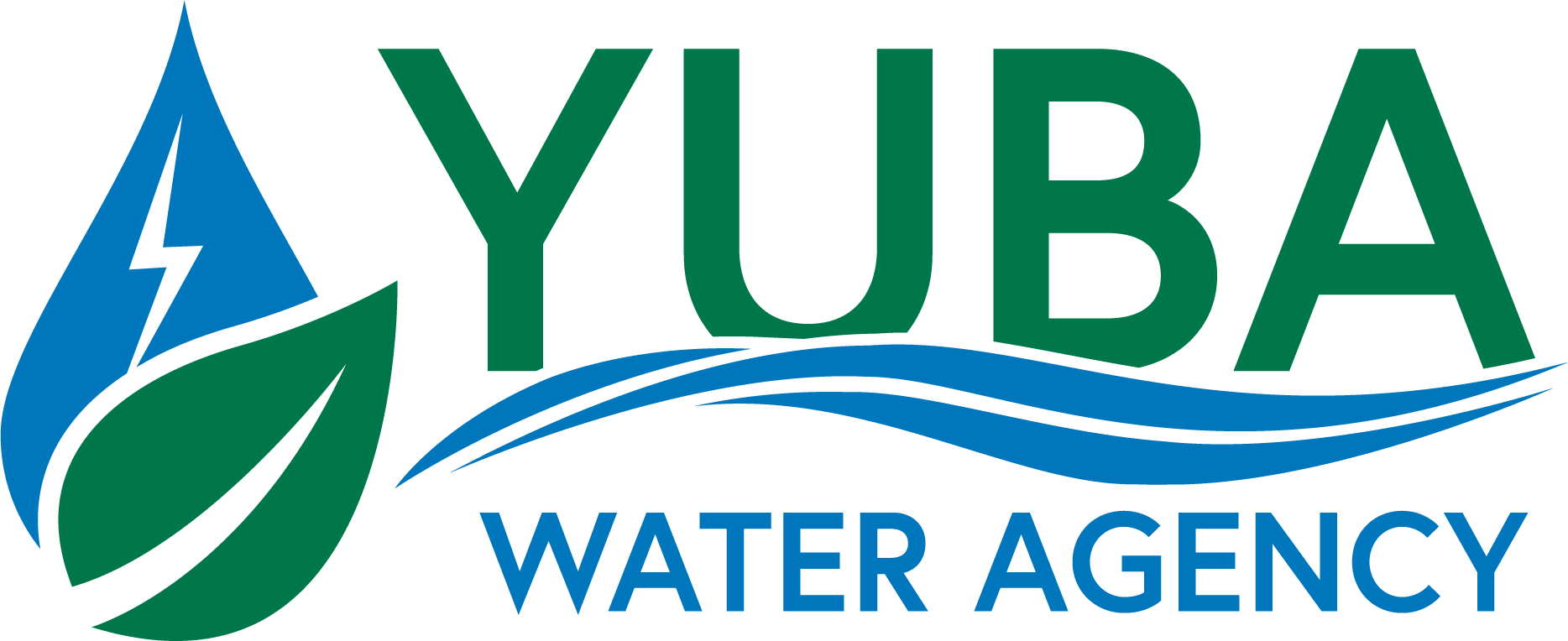 |
 |
 |
 |
 |
 |
 |
 |
 |
|
Steering Committee Co-Chairs F. Martin Ralph (Center for Western Weather and Water Extremes at Scripps Institution of Oceanography) Cary Talbot (US Army Corps of Engineers, Engineer Research and Development Center) Stuart Vaughan (Tacoma Water) Members Joseph Forbis (US Army Corps of Engineers, Engineer Research and Development Center) Sara Marxen (US Army Corps of Engineers) Stephen King (National Oceanic and Atmospheric Administration, Northwest River Forecast Center) Mary Strazer (King County Flood Management) Eric Warner (Muckleshoot Indian Tribe) Nancy Rapin (Muckleshoot Indian Tribe) Lisa Abernathy (National Oceanic and Atmospheric Administration, National Marine Fisheries Service) Support Staff Taylor Dixon (Center for Western Weather and Water Extremes at Scripps Institution of Oceanography) Rob Hartman (RKH Consulting Services) Arleen O’Donnell (Eastern Research Group) Kristiana Chan (Center for Western Weather and Water Extremes at Scripps Institution of Oceanography) Related Documents Howard A. Hanson Dam FIRO Fact Sheet
|
Howard Hanson Dam Howard Hanson Dam, owned and operated by the U.S. Army Corps of Engineers, was built in 1961 on the Green River, 21 miles east of Auburn, in King County, Washington. The dam serves multiple purposes by providing flood risk reduction during winter months, municipal water supply for the City of Tacoma, and flow augmentation for fish in the summer months, including endangered Chinook Salmon and Steelhead Trout. Tacoma Water relies on municipal water storage at the dam to meet summer peak demand and minimum instream flow requirements. The Center for Western Weather and Water Extremes (CW3E) is collaborating with Tacoma Public Utilities and the U.S. Army Corps of Engineers (USACE) to assess the potential of Forecast-Informed Reservoir Operations (FIRO) to improve reservoir operations to optimize multiple reservoir benefits. FIRO at Howard Hanson Dam will investigate the key question: Can current and improved forecasts of landfalling atmospheric rivers and associated precipitation and runoff be used to inform flexible reservoir operations at Howard Hanson to store more water at the beginning of the flood season, without impacting flood risk, to improve water supply and fishery habitat? Recent climatological studies along the U.S. West Coast have shown that landfalling atmospheric river (AR) storms produce twice as much precipitation as non-AR storms and, in California’s Sierra Nevada, yield daily increases in streamflow that are an order of magnitude larger than those from non-AR storms. Further research on establishing linkages between basin characteristics, landfalling ARs, heavy rainfall, and potential flooding can reveal new knowledge on flood frequencies in storm conditions in the climatologically wet Pacific Northwest. During a major flood event, Howard Hanson Dam is operated to hold back water. Following a flood event, the pool is drafted quickly to clear storage space to make room for a subsequent flood event. FIRO will examine the potential for using forecasts with adequate lead times to effectively and safely modify current reservoir operation rules to achieve policy objectives for improved fisheries and water supply while maintaining, if not enhancing, flood risk management. This project creates an interagency collaborative process that combines research and operations to explore the potential for FIRO at Howard Hanson Dam. The Howard Hanson FIRO Steering Committee has been convened to activate this Research and Operations Partnership. The Steering Committee will first develop a work plan, followed by a viability assessment to determine if and to what extent FIRO can provide flexible reservoir management at Howard Hanson Dam based on improved precipitation forecasts and decision support tools. American Meteorological Society, cited 2020: Forecast-informed reservoir operations. Glossary of Meteorology. [Available online at http://glossary.ametsoc.org/wiki/Forecast-informed_reservoir_operations.] |

